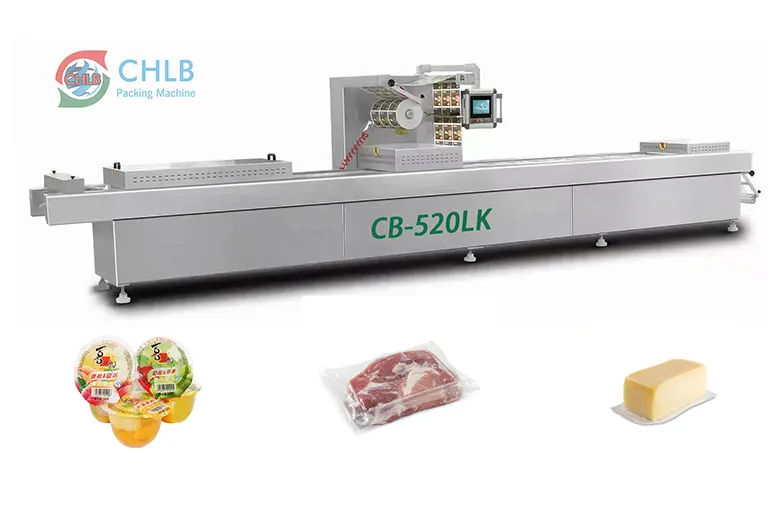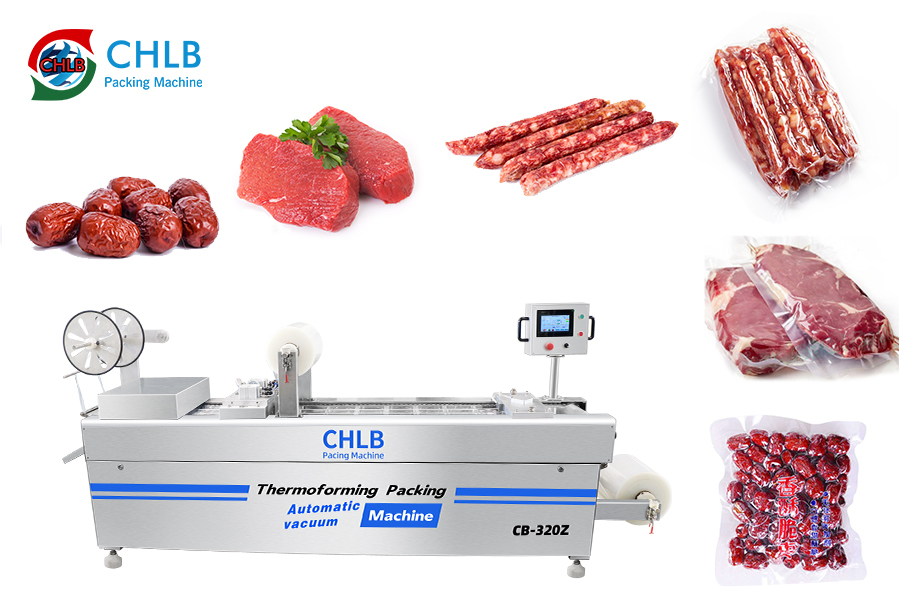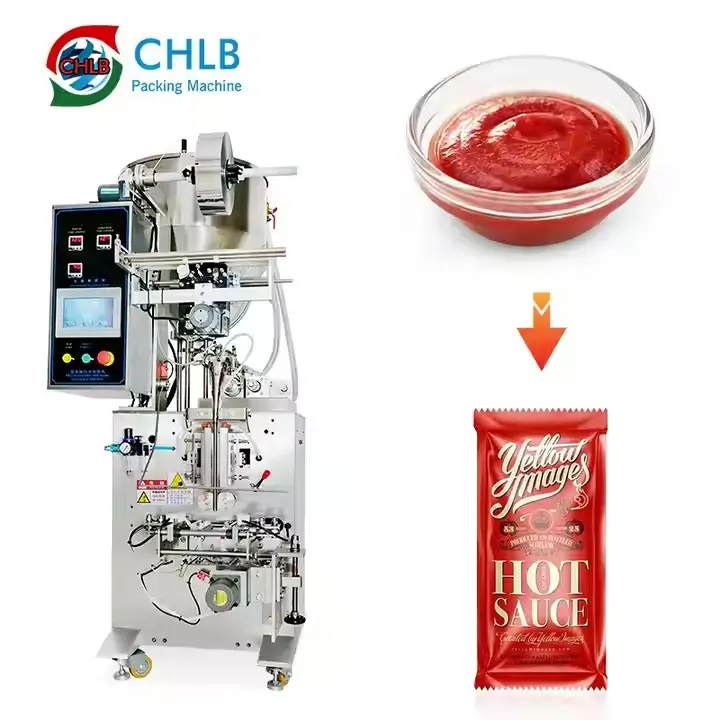Вы когда -нибудь задумывались, почему ваш замороженный горох или мороженое остаются настолько свежими и вкусными в морозильной камере? Секрет заключается в упаковке. Правильный Замороженная упаковка еды имеет решающее значение для поддержания качества и безопасности ваших замороженных вкусностей. Это предотвращает ожог морозильной камеры, замки в аромате, и продлевает срок годности. Давайте рассмотрим различные типы упаковочных материалов, используемых в упаковке для доставки замороженных продуктов..
Пластиковая упаковка
Пластик-это материал для упаковки замороженных продуктов, И по уважительным причинам. Пластическая упаковка универсальна, легкий вес, и долговечный. Это обеспечивает отличный барьер против влаги и воздуха, Сохранение пищи свежей и предотвращение ожога морозильника. Плюс, это прозрачно, Итак, вы можете увидеть, что внутри, не открывая его.
Есть несколько типов пластика, используемых в упаковке замороженных продуктов питания:
- полиэтилен (ЧП): Широко используется из -за его гибкости и сопротивления холодным температурам.
- Полипропилен (ПП): Известен своей силой и долговечностью, Идеально подходит для упаковки, которая должна противостоять грубой обработке.
В то время как пластик удобен, Это не самый экологичный вариант. Это может потребоваться сотни лет, чтобы разложить, способствуя загрязнению окружающей среды. Утилизация и сокращение использования пластика является важным шагом к более устойчивому будущему.
Картонная упаковка
Картон - еще один популярный выбор, Специально для таких продуктов, как замороженная пицца и блюда. Это крепкое, переработана, и может быть легко напечатан с информацией о бренде. Это также легкий, что помогает снизить затраты на доставку.
Различные типы картонной упаковки
- Гофрированный картон: Сильный и долговечный, Идеально подходит для более тяжелых замороженных предметов.
- Сплошная доска: Тоньше и легче, Идеально подходит для отдельных коробок для еды.
Картон очень подлежит переработке. Большинство программ по утилизации утилизации принимают это, Сделать это экологичным вариантом. Всегда выравнивайте коробки перед переработкой, чтобы сэкономить пространство и убедиться, что они эффективно обрабатываются.
Сокращается фильм
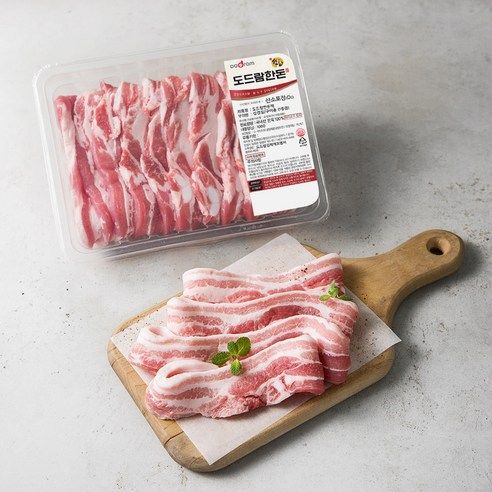
Сокращается фильм это универсальный упаковочный материал, который часто используется для объединения нескольких предметов. Это тип пластиковой пленки, которая плотно сжимается вокруг объектов при нанесении тепла. Обычно используется для обертывания нескольких пакетов замороженных продуктов, таких как замороженная куриная упаковка. Shrink Film предлагает отличную защиту от влаги и загрязняющих веществ. Это также прозрачно, позволяя потребителям видеть продукт. Плюс, это легкий и экономичный.
Гибкие сумки
Гибкие сумки популярны для различных замороженных продуктов, от овощей до готовых к употреблению пищи. Гибкие сумки бывают разных стилей, в том числе стоящие мешочки и подушка мешочки. Стоящие мешочки отлично подходят для ослабления пространства и легкого доступа, В то время как мешочки для подушек просты и экономически эффективны.
Алюминиевая упаковка
Алюминий - это надежный и универсальный материал, используемый в Замороженная упаковка еды. Алюминий отлично подходит для сохранения качества пищи, обеспечивая сильный барьер против света, влага, и воздух. Это также очень долговечно и выдерживает экстремальные температуры.
Типы алюминиевой упаковки
- Лотки: Обычно используется для готовых блюд.
- Фольга: Отлично подходит для обертывания отдельных предметов или покрытия лотков.
Алюминий есть 100% пригодность для переработки и может быть повторно использован на неопределенный срок, не теряя его качества, сделать это устойчивым выбором.
Биоразлагаемая упаковка
С растущими экологическими проблемами, Биоразлагаемая упаковка набирает популярность. Биоразлагаемая упаковка разрывается естественным образом, снижение воздействия на окружающую среду. Это экологичная альтернатива традиционному пластику.
Различные биоразлагаемые материалы, используемые в упаковке
- Кукурузный крахмал: Используется для изготовления компостируемых мешков и контейнеров.
- Сахарное волокно: Превращены в крепкие упаковочные материалы.
Кроме, Многие биоразлагаемые упаковочные материалы могут быть компостированы дома или через промышленные компостирование, Возвращение ценных питательных веществ в почву.
Вакуумная герметичная упаковка
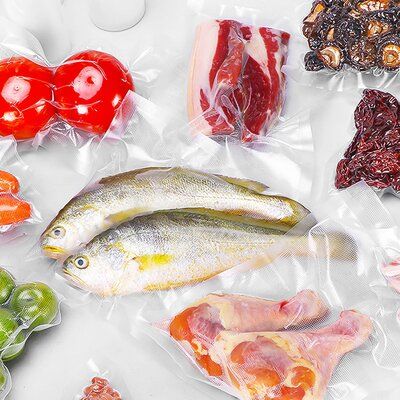
Вакуумное уплотнение - это мощный метод сохранения замороженных продуктов. Он удаляет воздух из упаковки, Значительное продление срока годности замороженных продуктов и предотвращение ожогов морозильной камеры. Процесс включает в себя размещение пищи в полиэтиленовый пакет, Удаление воздуха, и плотно запечатать. Это создает вакуум, который держит еду свежей. Прокурорные продукты могут длиться до 2-3 годы в морозильной камере, гораздо дольше, чем традиционные методы упаковки.
Упаковка Ziplock
Сумки для Ziplock - это домашний продукт для замораживания еды. Они просты в использовании, заповедуемый, и бывать разных размеров, сделать их идеальными для порций и хранения остатков. Чтобы получить наилучшие результаты, Удалите как можно больше воздуха перед герметизацией и убедитесь, что мешок полностью закрыт. Забегайте сумки с датой для легкого отслеживания.
Бумажная упаковка
Упаковка бумаги - это биоразлагаемый вариант, который все чаще используется для замороженных продуктов. Бумага возобновляется, переработана, и компостируется, Сделать его экологически чистым выбором для потребителей экологически сознания. Это также дышащее, что может быть полезным для определенных видов замороженных продуктов.
Различные типы бумажной упаковки
- Вощемная бумага: Покрыт тонким слоем воска для обеспечения устойчивости к влаге.
- Пергаментная бумага: Используется для его невозможных свойств, Идеально подходит для замороженных предметов, связанных с выпечкой.
Изолированная упаковка
Изолированная упаковка необходима для поддержания качества замороженных продуктов во время транспортировки. Он держит замороженные продукты при постоянной температуре, предотвращение оттаивания и повторного возмещения, который может ухудшить качество.
Различные типы изолированной упаковки
- Мыло: Обеспечивает отличную изоляцию, но не экологически.
- Пузырчатая обертка: Объединяет амортизацию с изоляционными свойствами.
Эффективная изолированная упаковка поддерживает желаемую температуру в течение длительных периодов, Обеспечение пищи остается замороженной и безопасной для употребления.
Безопасная упаковка морозильной камеры
Беззаботная упаковка специально предназначена для того, чтобы выдержать температуру замерзания без лома или разложения. Материалы для морозильной камеры устойчивы к трещин.
Общие материалы, используемые в безопасной упаковке морозильной камеры
- Пластик: Долговечный и устойчивый к низким температурам.
- Стекло: Экологичный вариант, хотя более тяжелый и склонность к поломке.
Ищите упаковку, помеченную как безопасную для морозильной камеры, и рассмотрим тип пищи и продолжительности хранения при выборе материалов.
Микроволновая упаковка
Упаковка для микроволновой перемещения позволяет нагревать замороженные продукты прямо в микроволновке. Он предлагает удобство и экономит время, Как вы можете готовить и есть из того же контейнера.
Материалы, используемые в упаковке в микроволновке
- Пластик: Спроектирован для выдержания микроволновой жары без таяния.
- Стекло: Безопасно для микроволнового использования и не выщелачивает химические вещества.
При использовании упаковки в микроволновке, Всегда проверяйте упаковку на наличие микроволновых меток и избегайте использования поврежденных или старых контейнеров для предотвращения химического выщелачивания и обеспечения ровного нагрева.
Сотрудничать с CHLB: Замороженная пищевая упаковочная машина
Оптимизировать процесс упаковки замороженных продуктов питания, Рассмотрим сотрудничество с уважаемый производитель машин для упаковки продуктов питания как CHLB. Они предлагают Усовершенствованные упаковочные машиныразработан для удовлетворения ваших конкретных потребностей, обеспечение эффективности и качества в ваших операциях на упаковке.
Заключение
Выбор правильных методов упаковки и замороженная упаковочная машина для замороженных продуктов имеет важное значение для сохранения качества, обеспечение безопасности, и уменьшение воздействия на окружающую среду. От пластика до биоразлагаемых вариантов, Есть множество материалов, каждый с его уникальными преимуществами. Понимая эти варианты, Вы можете принимать обоснованные решения, которые соответствуют вашим потребностям и способствуют более устойчивому будущему.
Часто задаваемые вопросы
1. Какой самый лучший тип упаковки для предотвращения ожога морозильника?
Упаковка с захмеченной вакуумной.
2. Существуют ли экологически чистые альтернативы пластиковой упаковке для замороженных продуктов?
Да, биоразлагаемые упаковочные материалы, такие как кукурузный крахмал и волокно сахарного тростника, а также варианты для переработки, такие как бумага и алюминий, экологически чистые альтернативы.
3. Могу ли я повторно использовать сумки на Ziplock для замораживания еды?
Да, Многие сумки на молнии можно вымыть и использовать повторно. Просто убедитесь, что они тщательно очищены и высушены перед повторным использованием их.
4. Что я должен искать в морозильной упаковке?
Ищите упаковку, которая помечена как безопасная для морозильной камеры, устойчив к растрескиванию, и обеспечивает герметичное уплотнение, чтобы предотвратить ожог морозильника.
5. Безопасна ли упаковка в микроволновой аван?
Да, Пока упаковка помечена как микроволновая безопасность и не повреждена или старая, это безопасно использовать для нагрева замороженных продуктов.

